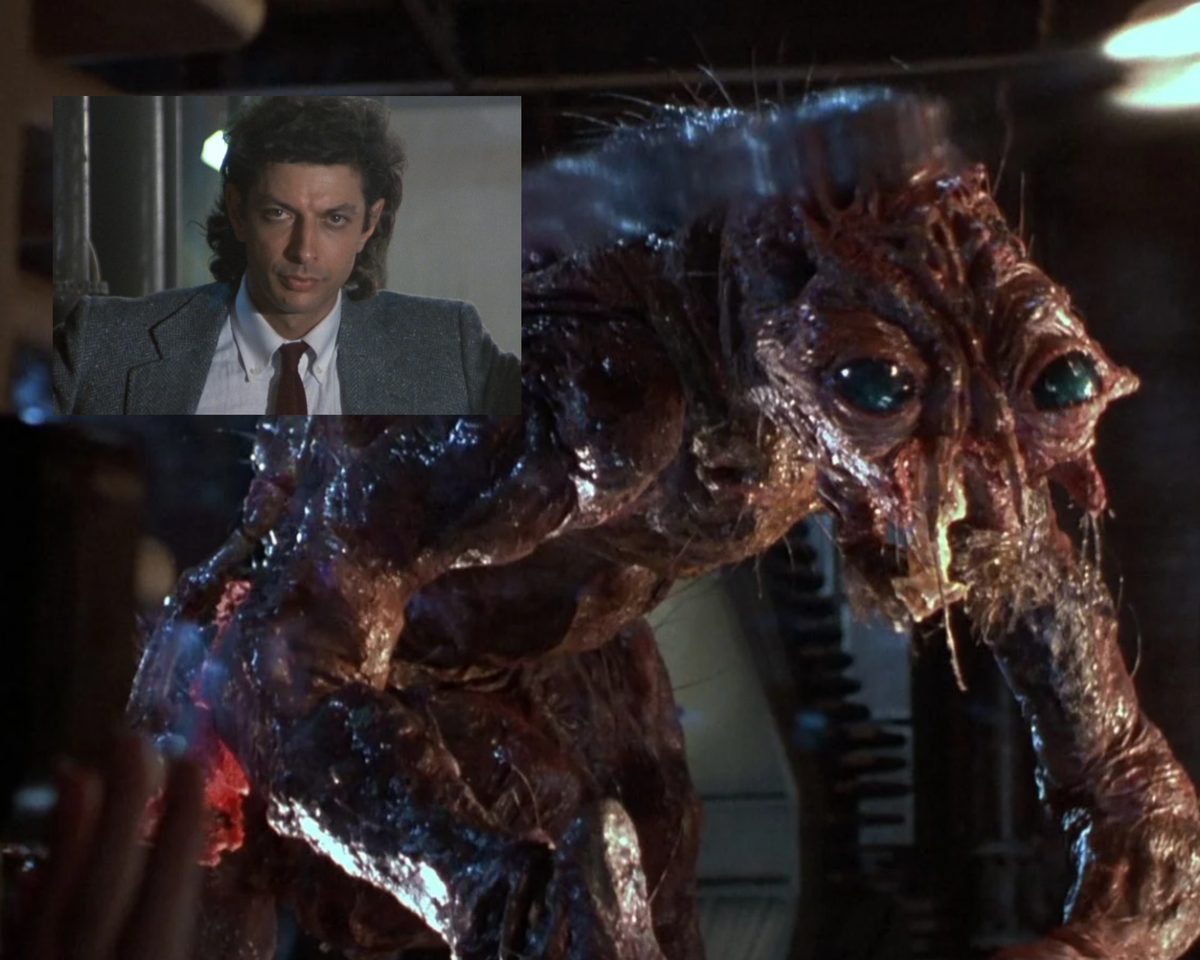Alice Birch’s adaptation of David Cronenberg’s ‘Dead Ringers’ converts the anarchic physicality of childbirth into something laboratory-like

Both versions of Dead Ringers are examples of a subgenre often called ‘body horror’
| Photo Credit: Special Arrangement
In 1988, the year I was born, David Cronenberg released what was then perhaps his strangest and most affecting film (and considering Cronenberg’s filmography, that’s a high bar). Dead Ringers starred Jeremy Irons in a double role, playing identical twin gynaecologists Beverly and Elliot Mantle. The brilliant, neurotic and heavily co-dependent twins swapped patients and lovers amidst their joint practice, medical ethics be damned.
ALSO READ | The movie sequel of thriller series Luther is not exactly mould-breaking stuff but the talented cast makes it count
Recently, Amazon Prime Video released the playwright and screenwriter Alice Birch’s series adaptation of Dead Ringers, which stars Rachel Weisz as gender-swapped versions of the Mantle twins. The childbirth scenes in this show are visceral, the blood-and-gore amped up with great precision. The Mantle twins want to “change the way women give birth”, which for Beverly means a rarefied level of nurturing. But for Elliot this means foetuses in artificial wombs, making childbirth clinical, converting the visceral, anarchic physicality of the act into something laboratory-like (significantly, a word we use to indicate lab-like cleanliness is ‘sterile’, which also means ‘incapable of reproduction’).
Our autonomy
Both versions of Dead Ringers — as well as several other works by Cronenberg — are examples of a subgenre often called ‘body horror’. Films in this subgenre are often characterised by a sense of dread and physical revulsion at the idea of bodies transforming. Not having control over one’s own body, or having one’s bodily autonomy temporarily or permanently taken away is common in these films.

A still from David Cronenberg’s Dead Ringers
| Photo Credit:
Special Arrangement
The term ‘body horror’ was coined by Philip Brophy in his landmark 1983 essay ‘Horrality: The Textuality of the Contemporary Horror Film’. Brophy wrote, “The contemporary Horror film tends to play not so much on the broad fear of Death, but more precisely on the fear of one’s own body, of how one controls and relates to it.” He then makes the case for studying Cronenberg’s career through the body horror lens. “David Cronenberg has consolidated himself as a director who almost exclusively works in this field, with films about an artificially created sex-parasite that transfers itself from body to body during intercourse, causing a wild sex epidemic ( Shivers, 1976); a mutant cancer growth resultant from a plastic surgery experiment ( Rabid, 1977); the birth of a mutant brood by a psychologically unstable mother receiving treatment by a special psychiatrist who promotes the physicalisation of his patients’ problems through their bodies ( The Brood, 1979); and the awesome physical power that the mind has over its own body and other bodies through para-psychology ( Scanners, 1981).”
The human-fly
Brophy published this essay in 1983. During that decade, there was a lot of politically motivated misinformation about AIDS patients. At hospitals, nurses would leave trays of food outside their rooms because they were convinced the disease could spread by touch. Cronenberg and other exponents of body horror alluded to this sense of paranoia and physical revulsion inspired by AIDS patients. In Cronenberg’s 1986 film The Fly, Dr. Brundle (Jeff Goldblum) transforms into a monstrous human-fly hybrid, the transformation scene being an elaborate metaphor for how we saw AIDS victims as vermin.

Jeff Goldblum in a still from ‘The Fly’
Therefore, it’s worth our while to see what Cronenberg and body horror movies as a whole have been talking about of late. In the universe of the 2022 Cronenberg film Crimes of the Future, bio-enhancements are legion and the narrative follows a world-famous performance artist duo who perform live surgery for an audience. In this future, sexual gratification via masturbation and/or intercourse is slowly being phased out in favour of ritualised, repetitive cutting. As a character says during the film, ‘Surgery is the new sex.’ During interviews, Cronenberg has confirmed that trans rights were very much on his mind while he was writing the script for Crimes of the Future.
Red-button topics
Saul Tenser (Viggo Mortensen), one half of the aforementioned performance artist duo, is constantly cutting up and reshaping his body. Part of it is necessity because of his “accelerated evolution syndrome”. His body keeps making new organs, which Saul and his partner Caprice (Lea Seydoux) then cut out every night before a live audience. Saul has embraced his identity and, in fact, creates art that’s inextricable from his physicality, night after night. This is a beautiful and a rather direct hat-tip to trans artists, who create art out of the transformation of their bodies. The transformation is crucial to who they are as people — and the art being created therein.
Body horror, then, has always been nimble and alert to the red-button political issues of the day. Several states have passed draconian laws opposing both trans healthcare and abortion rights (abortion, of course, is another recurring trope in body horror as the new Rachel Weisz version of Dead Ringers shows us). Cronenberg’s vote of confidence to trans rights is particularly important at a time when trans people are under sustained political attack in the U.S. When Caprice tells Saul, “There’s a new hormone in your bloodstream,” the allusion to hormone therapy (in the context of trans healthcare) is clear.
It makes you love Cronenberg a little bit more and it makes film buffs dust off their old body horror DVDs and pay closer attention to the words and the tropes unfolding — because celluloid fear reveals so much about what we are secretly afraid of, and what we would do anything to avoid confronting.
The writer and journalist is working on his first book of non-fiction.
For all the latest Entertainment News Click Here
For the latest news and updates, follow us on Google News.
